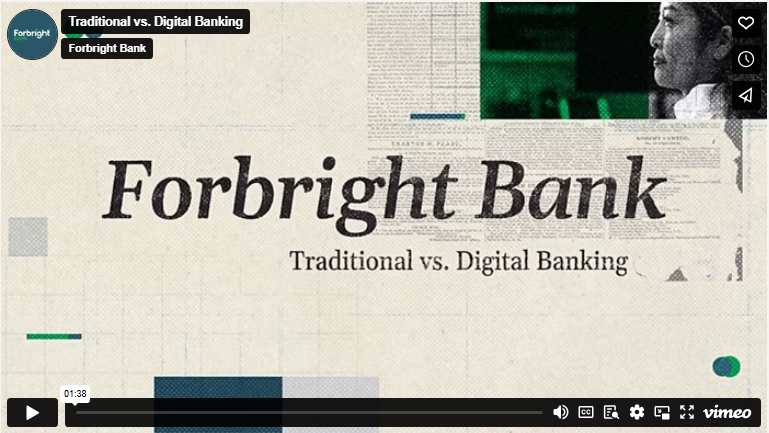An Easy Inflation Fix
Benefits of digital vs. traditional banks.
Share:

There’s a solution to rising prices in plain sight. One that all Americans have access to, but so far 82% of people haven’t taken advantage of.
Here’s the secret that traditional banks don’t want you to know. If you deposit $10,000 into most banks, they’re allowed to deposit that same $10,000 at the federal reserve which in turn pays the bank an average of 4.40% as of May 2025.
So while the bank pays you between $1 to $10 in interest, the federal reserve pays the bank $440. All for the privilege of holding your $10,000.
That’s where digital banking comes in.
Some digital bank accounts often offer high yield savings and CDs that pay 4.00% or more. So on that same $10,000, you could be earning over $400 annually instead of your bank. That’s real money that could help offset energy bills, pay for school supplies, or make a dent in the family vacation fund.
If all Americans moved their savings accounts to the top paying digital banks, U.S. consumers as a whole would earn an extra $89.2 billion a year, according to the financial consulting firm Curinos. That’s equivalent to more than 10% of all property taxes collected in the United States last year.
The reality is that FDIC insured digital bank accounts enjoy the exact same FDIC insurance protection as accounts at the branches of big traditional banks.
The difference is in how branch banks share (or don’t share) interest earnings with you and instead spend billions on office space, staffing, or private jets.
Americans are increasingly moving their money into digital savings accounts. Direct digital banks are the fastest growing segment of retail banks because they have lower overhead costs and often offer better value to consumers in the form of a fair rate and accounts with no fees and no minimums.
Digital banks offer additional benefits to Americans in rural areas who have long drives to physical branches or to gig workers whose hours don’t match up with those of traditional banks. And digital banks can be a lifeline to low-income families who need only an internet connection and a smartphone to start earning returns.
If you value marble lobbies and paper statements, your grandparent’s bank might be right for you. But if growing your money and protecting yourself from rising prices is your priority, switching to a digital bank account paying you a fair rate is a free and effective move.
As consumers, we can’t control the price of eggs, but we can control where we deposit our hard-earned nest eggs.
Disclaimer: This article is for general information and education only. It should not be considered financial or tax advice.






